10 DIY hair growth serums that beat expensive store-bought products
| Estimated Reading Time: 7 minutes |
I’ll be honest: I once spent a small fortune on a glossy, celebrity-backed serum that smelled heavenly and did… almost nothing. Then my aunt gave me a jar of coconut oil infused with curry leaves she’d been warming on the stove for years. Two weeks later my hair looked fuller at the crown. Not dramatic, but noticeable. That little moment taught me two things: real ingredients can matter more than marketing, and you don’t always need a factory-made potion to get results.
Table of Content: |
That’s the idea behind a DIY Hair Growth Serum — using known actives (natural and/or mildly processed) to target scalp health, reduce breakage, and support stronger hair over time. Below I’ve written ten practical, kitchen-friendly serums you can make, explained the science where it helps, and compared homemade blends with commercial products so you can decide what fits your life.

Quick science notes (don’t skip this)
Before the recipes: a few words about how serums work, in plain terms.
Serums mostly act on the hair surface (the cuticle). They smooth, reduce friction, and make hair reflect light — ergo shine.
Useful functional ingredients include:
-
Occlusives / film formers: light silicones like cyclopentasiloxane or natural esters — they seal and protect.
-
Humectants: panthenol (pro-vitamin B5) and glycerin draw moisture in.
-
Emollients / oils: argan, jojoba, grapeseed — provide fatty acids and vitamin E (tocopherol).
Actives for follicles: nicotinamide (niacinamide), caffeine, peptides, EGCG from green tea — these support scalp circulation and follicle health.
DIY blends won’t magically regrow hair overnight. But when used consistently they can improve scalp microenvironment, reduce breakage, and make hair look healthier — which often reads like “growth” to most people.
Ten real DIY Hair Growth Serum recipes (practical + explainers)
I’ll list each one with ingredients, a short scientific note, and how I use it. Make small batches. Patch test.
1. Coconut + Curry Leaf Infusion (root strength)
-
Ingredients: cold-pressed coconut oil infused with fresh curry leaves (simmer gently 10–15 min, cool, strain).
-
Why: coconut oil contains lauric acid which penetrates the shaft and reduces protein loss. Curry leaves provide antioxidants and vitamin A precursors.
-
Use: warm, massage into scalp 1–2x weekly. Leave 1–3 hours or overnight.

2. Aloe + Castor Blend (stimulate circulation)
-
Ingredients: fresh aloe vera gel, castor oil, 1 vitamin E capsule (tocopherol).
-
Why: aloe contains enzymes and soothing polysaccharides; castor oil’s ricinoleic acid improves blood flow to follicles.
-
Use: thin with a teaspoon of jojoba if too thick; apply at night, shampoo next morning.
3. Green Tea + Jojoba Spray (DHT-friendly tonic)
-
Ingredients: concentrated brewed green tea (cooled), jojoba oil, 3 drops rosemary essential oil.
-
Why: EGCG in green tea can inhibit DHT activity in lab studies; jojoba mimics sebum, balancing oil. Rosemary (rich in carnosic acid) supports scalp circulation.
-
Use: store in spray bottle, mist scalp after wash.
4. Onion Juice + Black Seed Oil (anti-inflammatory, keratin support)
-
Ingredients: raw onion juice, black seed (Nigella sativa) oil.
-
Why: onion juice provides sulfur for keratin synthesis; black seed oil contains thymoquinone, an antioxidant/anti-inflammatory.
-
Use: apply 20–30 minutes then rinse; do twice weekly.
5. Argan + Panthenol Serum (repair & shine)
-
Ingredients: argan oil, a small amount of panthenol (pro-vitamin B5), a drop of vitamin E.
-
Why: argan provides oleic/linoleic acids + tocopherols; panthenol acts as a humectant and improves tensile strength.
-
Use: a few drops on damp mid-lengths and ends as leave-in.

6. Rice Water + Ginseng Spray (strength & inositol)
-
Ingredients: fermented rice water (rinse water fermented 1–2 days), water-soluble ginseng extract.
-
Why: rice water is rich in inositol, shown to penetrate and improve elasticity; ginseng stimulates microcirculation.
-
Use: spray post-wash as a lightweight tonic.
7. Neem + Tea Tree Clarifying Serum (dandruff control)
-
Ingredients: diluted neem oil, aloe gel, a couple drops tea tree oil.
-
Why: neem contains azadirachtin and fatty acids that are antifungal; tea tree reduces Malassezia.
-
Use: apply to scalp, leave for 20–30 min and rinse.
8. Hibiscus + Almond Oil Mix (pigmentation & conditioning)
-
Ingredients: hibiscus petal paste infused into sweet almond oil.
-
Why: hibiscus contains natural acids and antioxidants; almond oil supplies magnesium and vitamin E for scalp health.
-
Use: massage into scalp monthly; leaves a soft shine.
9. Peppermint + Grapeseed Energizer (thickening feel)
-
Ingredients: grapeseed oil base, 2–3 drops peppermint essential oil.
-
Why: peppermint (menthol) increases local blood flow; grapeseed is light and high in linoleic acid so it won’t weigh hair down.
-
Use: brief scalp massage 5–10 minutes, then wash.

10. Fenugreek + Olive Scalp Tonic (anti-inflammatory, protein-rich)
-
Ingredients: fenugreek seed water (soak & blend), olive oil, vitamin B5.
-
Why: fenugreek has nicotinic acid and proteins; olive oil is rich in oleic acid and antioxidants.
- Use: apply to scalp, leave 30–60 minutes, rinse.
DIY Hair Growth Serums — At a Glance
| Serum Name | Main Ingredients | Key Benefits | How to use | Best For |
|
Coconut + Curry Leaf |
Coconut oil, curry leaves | Lauric acid reduces protein loss; antioxidants nourish roots | Warm infusion, massage scalp weekly | Dry, coarse, weak roots |
| Aloe + Castor Blend | Aloe gel, castor oil, vitamin E | Ricinoleic acid boosts circulation; aloe soothes scalp | Massage, leave overnight, shampoo | Dry, thinning, itchy scalp |
| Green Tea + Jojoba Spray |
Green tea, jojoba oil, rosemary oil |
EGCG may block DHT; balances scalp oils | Mist scalp after wash |
Mist scalp after wash |
| Onion Juice + Black Seed Oil | Onion juice, black seed oil | Sulfur for keratin; thymoquinone reduces inflammation | Apply 20–30 mins, rinse | Hair fall, thinning |
| Argan + Panthenol Serum | Argan oil, panthenol, vitamin E | Humectant action; repairs cuticle, adds shine | Apply to damp hair ends |
Damaged, frizzy hair |
| Rice Water + Ginseng Spray |
Fermented rice water, ginseng |
Inositol strengthens; ginseng supports circulation | Spray post-wash |
Weak, brittle strands |
|
Neem + Tea Tree Clarifier |
Neem oil, aloe, tea tree | Antifungal, reduces dandruff | Apply 20–30 mins, rinse | Dandruff, flaky scalp |
| Hibiscus + Almond Oil | Hibiscus paste, almond oil | Antioxidants & vitamin E; conditions hair | Monthly scalp massage | Dull, lifeless hair |
| Peppermint + Grapeseed | Grapeseed oil, peppermint oil | Menthol stimulates blood flow; lightweight moisture | Short scalp massage, rinse | Fine hair, sluggish growth |
| Fenugreek + Olive Tonic | Fenugreek seed water, olive oil, B5 |
Nicotinic acid + proteins; oleic acid nourishes |
Leave 30–60 mins, rinse | Hair thinning + scalp irritation |
DIY versus commercial — the honest comparison
Let’s be blunt.
Commercial serums often rely on ingredients like dimethicone and cyclopentasiloxane (lightweight silicones) to create instant gloss and slip. That’s great for a one-day “photo finish.” But repeated use can create buildup. Many formulas also include solvents (short-chain alcohols) and synthetic fragrances that can dry or sensitize scalps over time. Preservatives (parabens, formaldehyde donors) keep the shelf stable, but they’re chemical additives you may prefer to avoid.

DIY Hair Growth Serum advantages:
You control the actives. Want EGCG? Use green tea. Need niacinamide? Add it in tiny amounts if you’re comfortable with cosmetic ingredients.
-
Fewer synthetic preservatives and scenting agents.
-
Cost: a jar of natural oil + herbs lasts, and you avoid marketing markups.
-
Feels personalized. You can iterate — increase rosemary one week, switch to hibiscus the next.
Downsides of DIY:
-
Stability. Homemade blends lack industrial preservatives. Use small batches, refrigerate, and toss after 2–4 weeks unless you add proper cosmetic preservatives.
-
Irritation risk. Essential oils are potent. Peppermint can sting if undiluted. Patch test.
-
No immediate “magical” regrowth. Improvements are gradual—better scalp health, less breakage, fuller look over months.
- A practical middle ground: use DIY treatment nights and a light commercial silicone-free serum for daytime styling.
Safety, shelf life, and quick tips (so you don’t regret it)
Make small batches (30–60 ml). Store in amber glass.
-
Use distilled water if any recipe calls for water; it reduces contamination.
-
Add antioxidant tocopherol (vitamin E) to slow rancidity in oil blends. It’s not a full preservative but helps.
-
If you want a longer-lasting product, study cosmetic preservatives or buy professional preservative blends; otherwise, keep it fridge-chilled.
-
Always patch test (behind the ear) for 48 hours.

Final thoughts — what actually works
If the question is “will a DIY Hair Growth Serum regrow hair overnight?” — no. But if the question is “will a consciously chosen mix of oils, plant actives, and humectants improve scalp health, reduce breakage, and help hair look fuller?” — absolutely, yes. I’ve seen it. Friends have seen it. Science supports components like EGCG, panthenol, tocopherol, and certain peptides for scalp and hair health.
If you try one thing: pick a simple starter (green tea + jojoba spray) and use it consistently for 8–12 weeks. Track photos. Then iterate. That’s the beauty of DIY: small, careful experiments that add up.
So: make your DIY Hair Growth Serum, learn what your scalp likes, and remember — patience wins. Hair care is slow science; the results are steady, and worth the wait.
Recommended Products by Blue Nectar:
Batana & Almond Hair Serum for Hair Growth (17 herbs, 50ml)
Rosemary Hair Gel for Curly, Dry & Frizzy Hair with Plant Based Keratin (12 Herbs, 50ml)
Green Tea Hair Serum for Frizzy Hair with Plant Based Biotin(12 herbs, 50ml)
Rosemary Advanced Hair Growth Serum for Dry & Frizzy Hair with Plant Based Keratin (17 Herbs, 50ml)
Related Articles:
Which Serum Is Best for Hair? Experts Reveal the Ultimate Guide
Stop Using the Wrong Hair Product: Serum vs Spray vs Oil vs Tonic
References:
https://www.healthline.com/health/onion-juice-for-hair
https://www.verywellhealth.com/coconut-oil-for-your-hair-4171883
https://pubmed.ncbi.nlm.nih.gov/25584150/
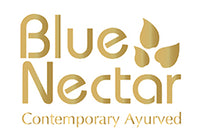

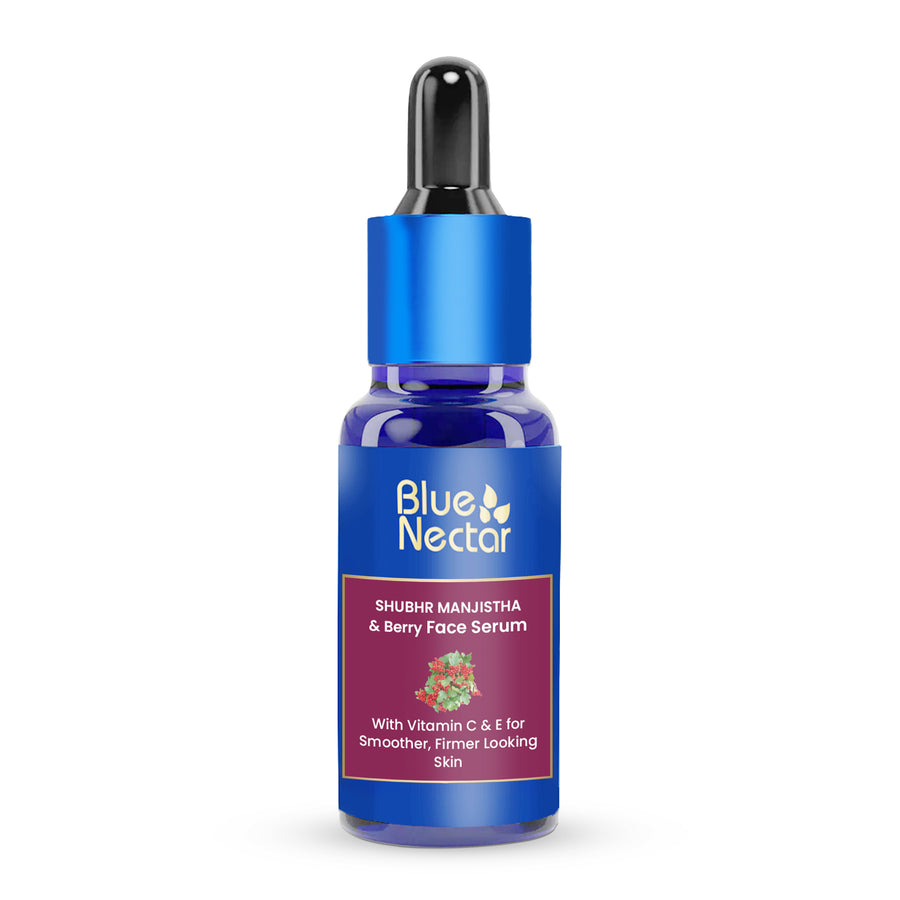
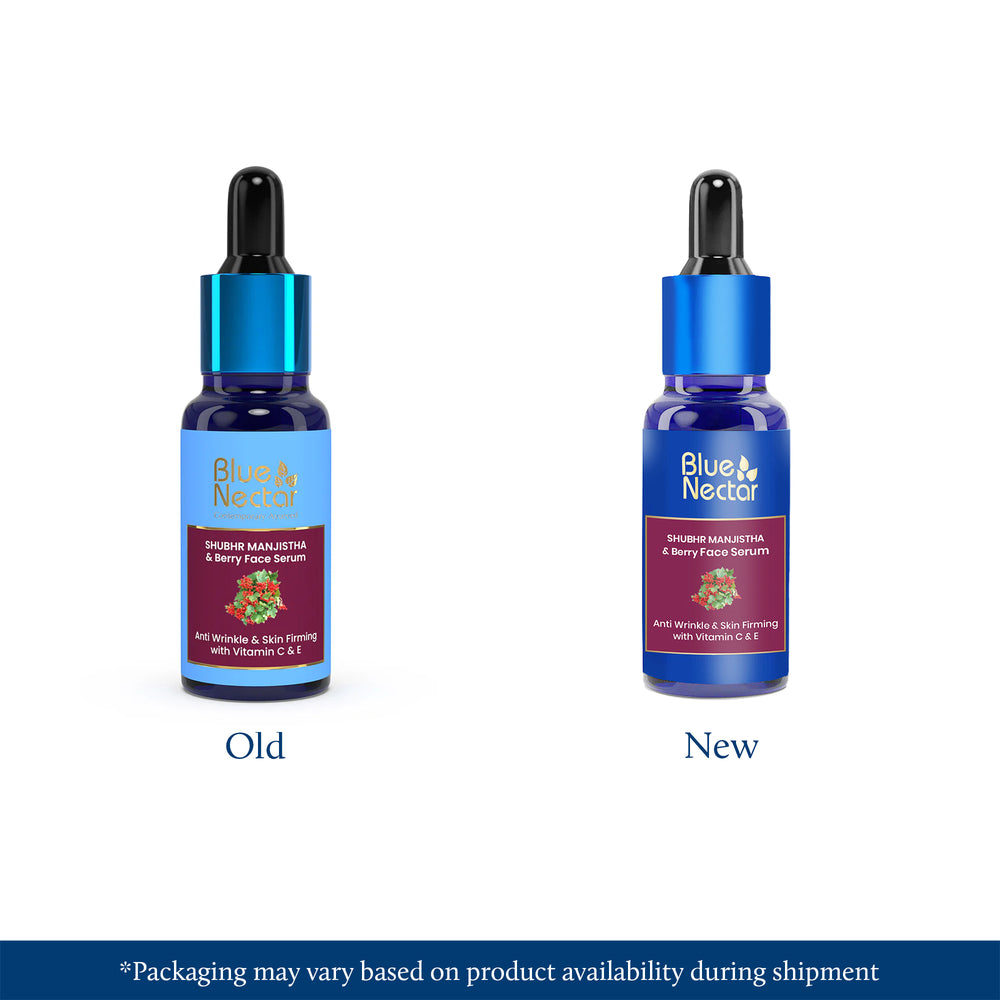
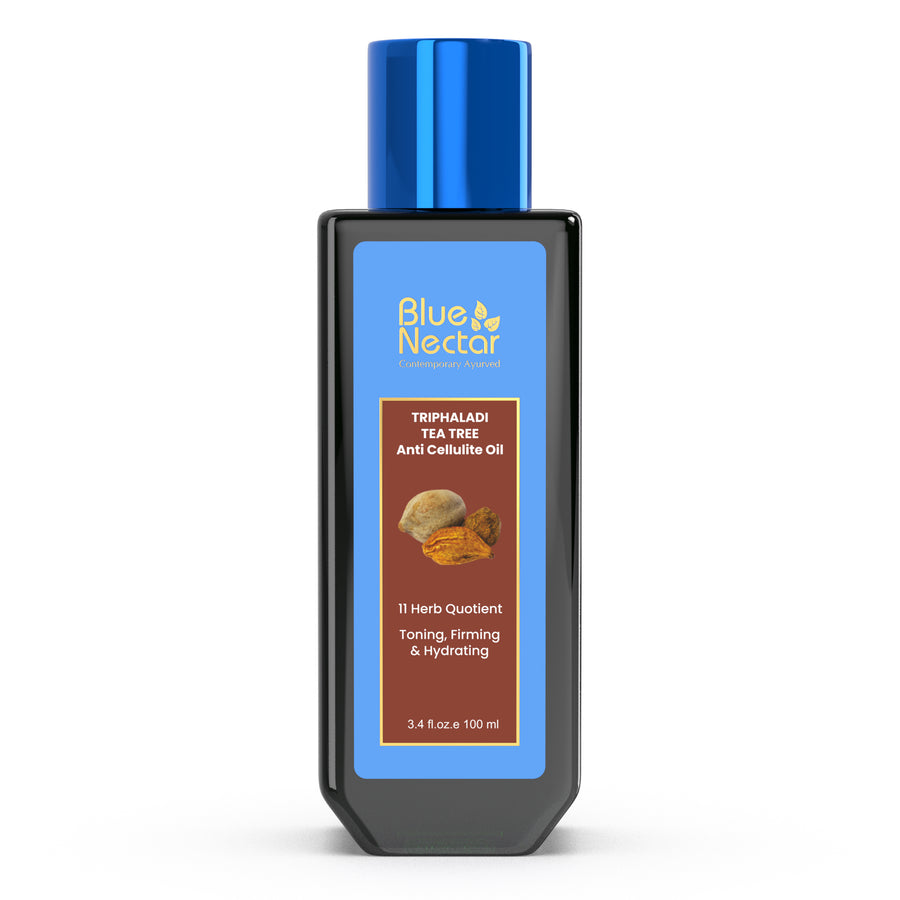
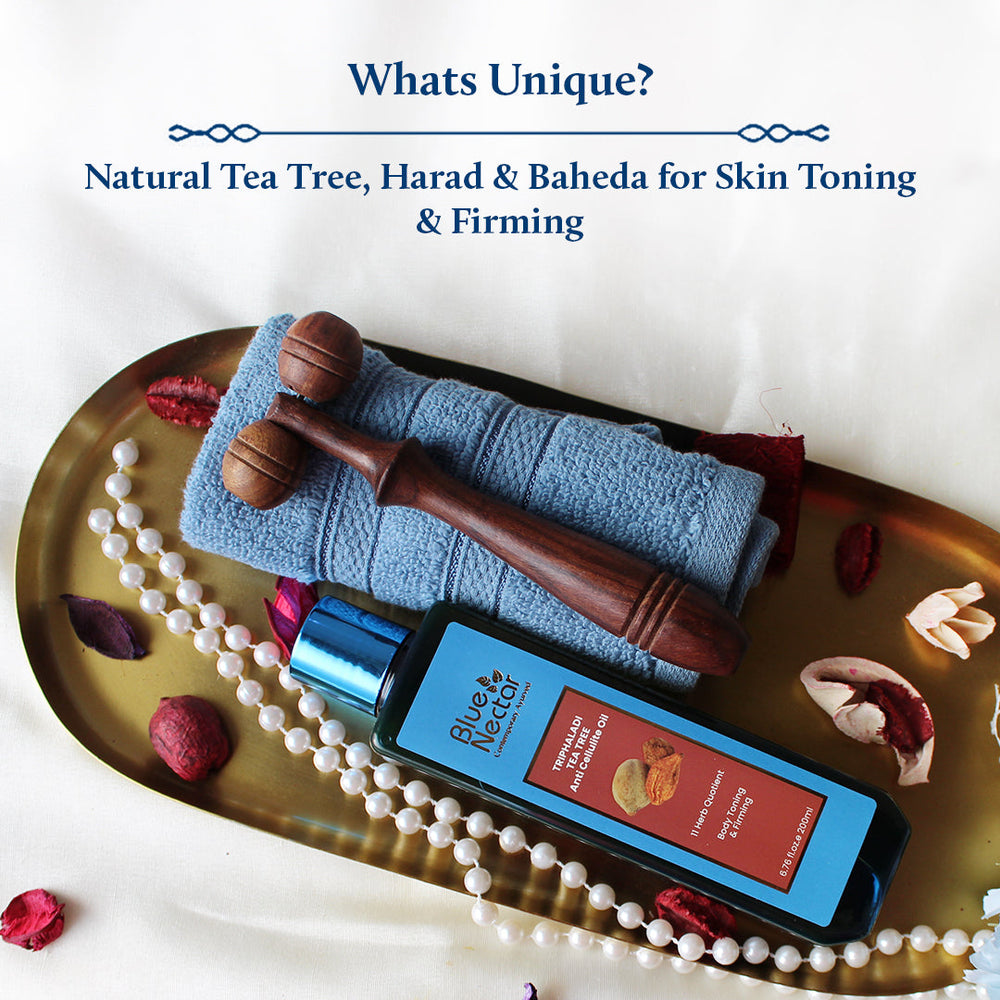


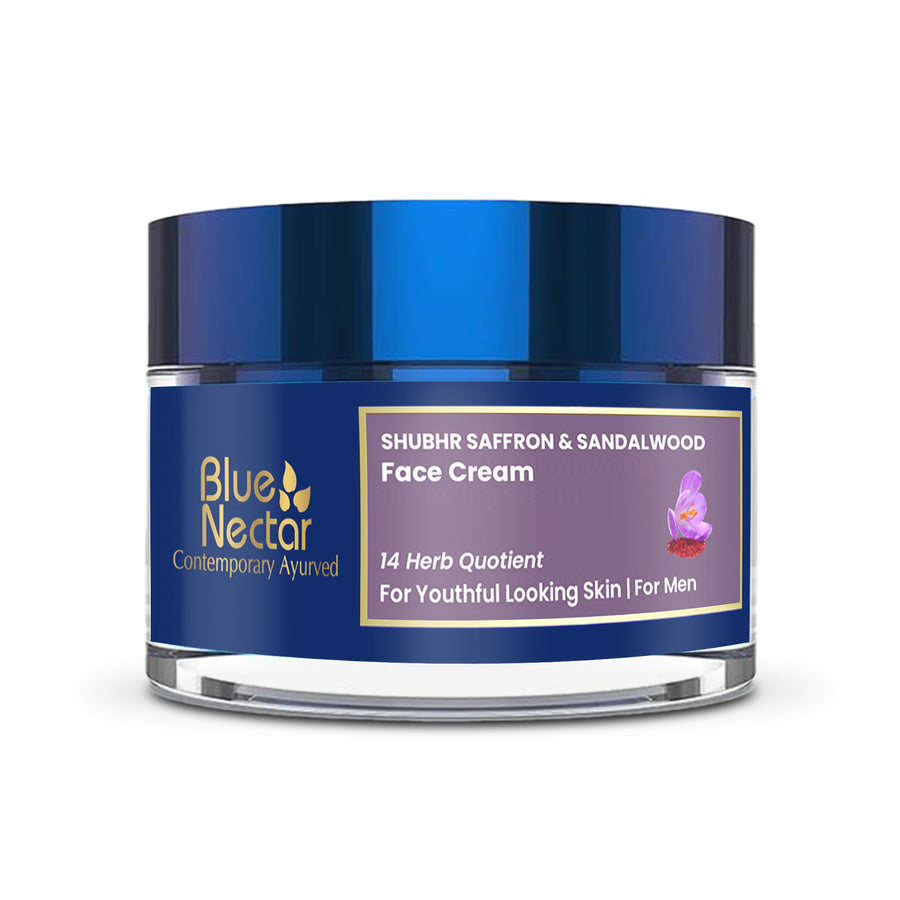
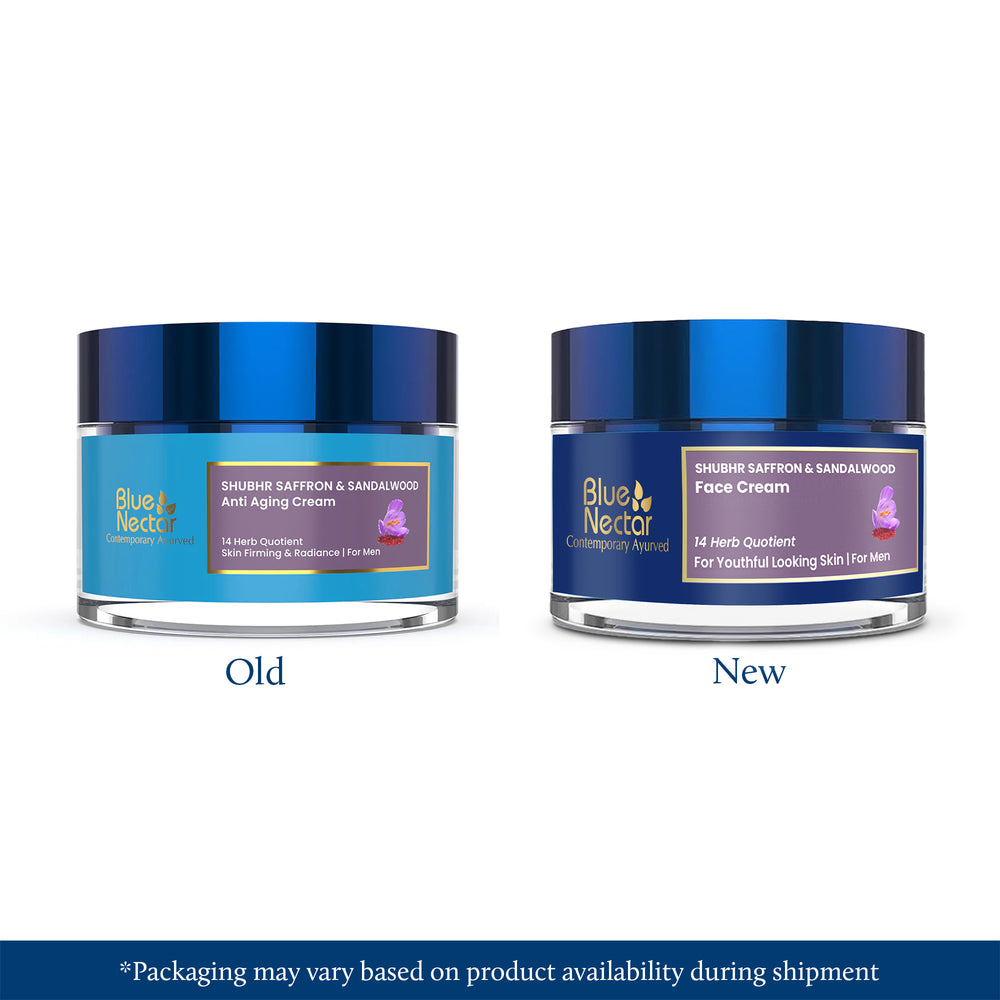
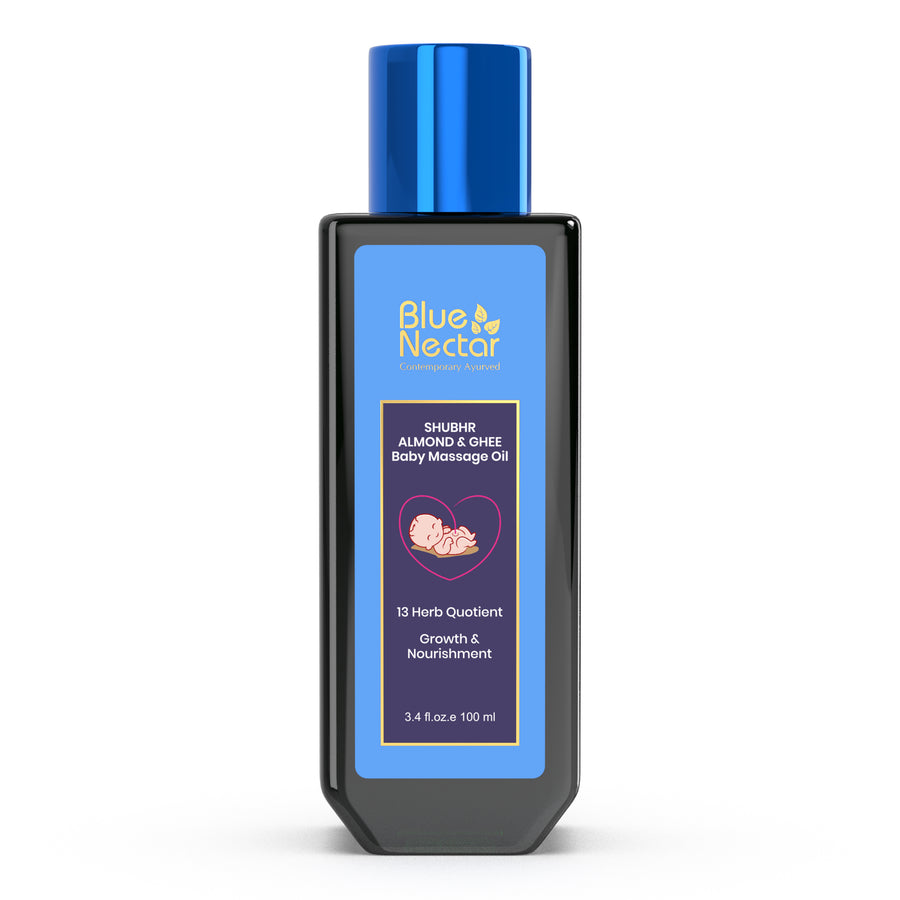
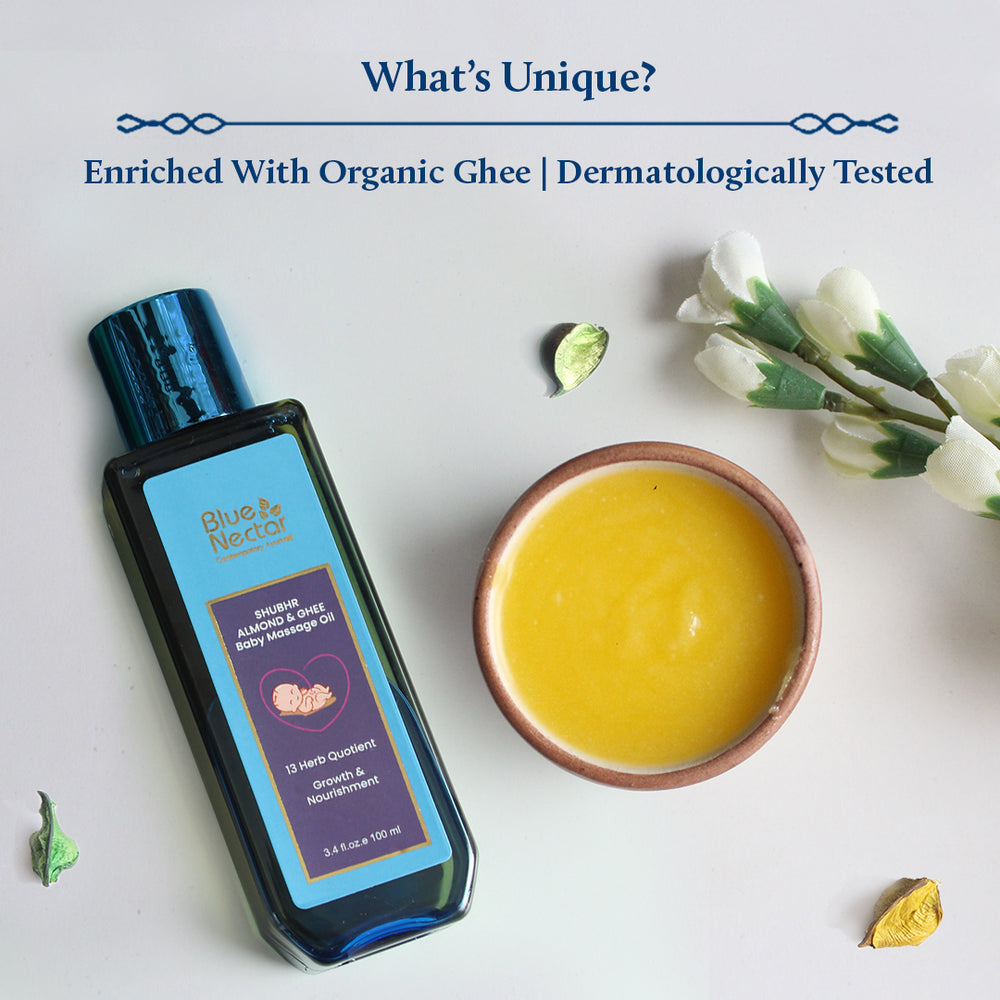
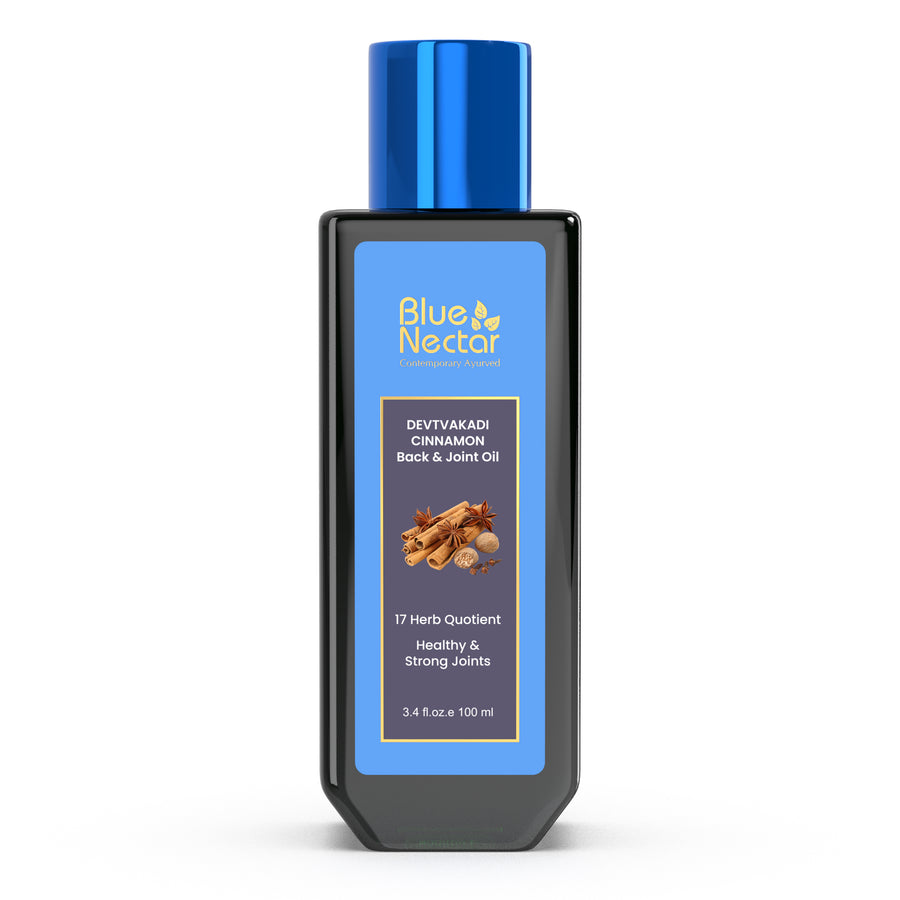
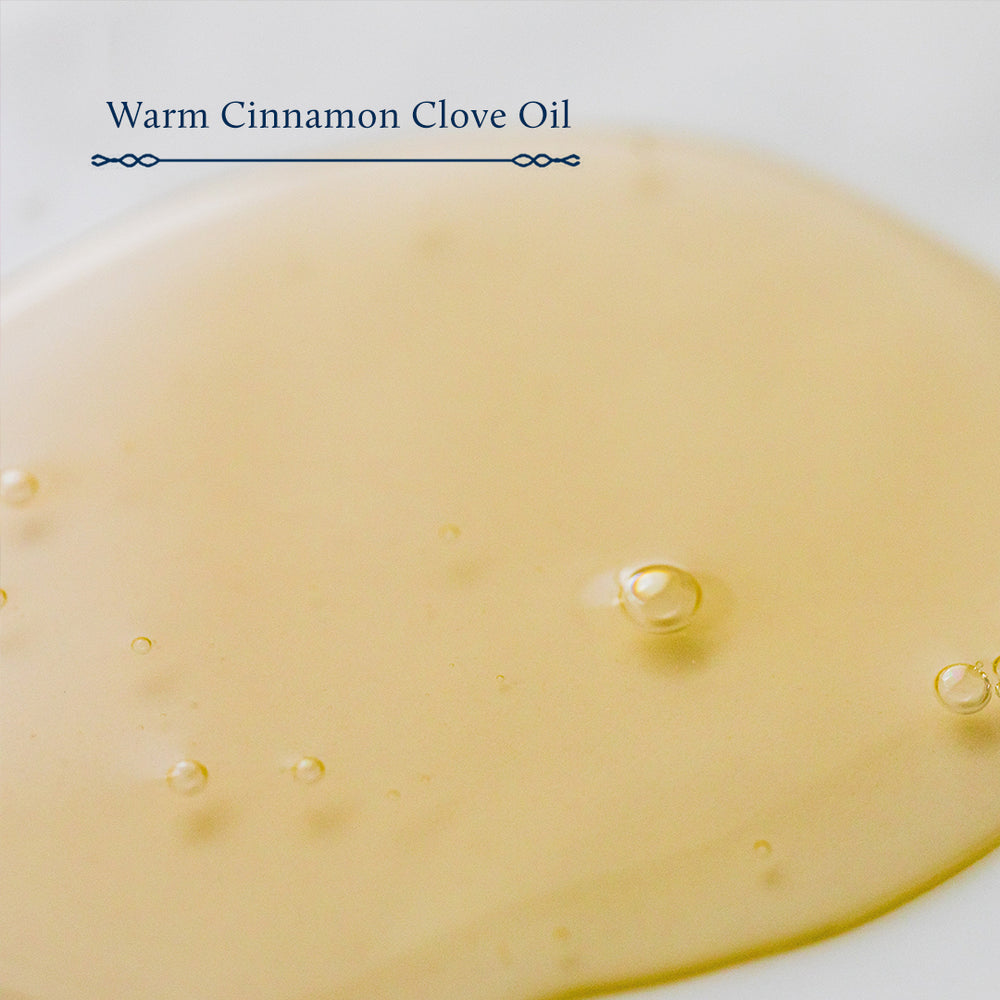


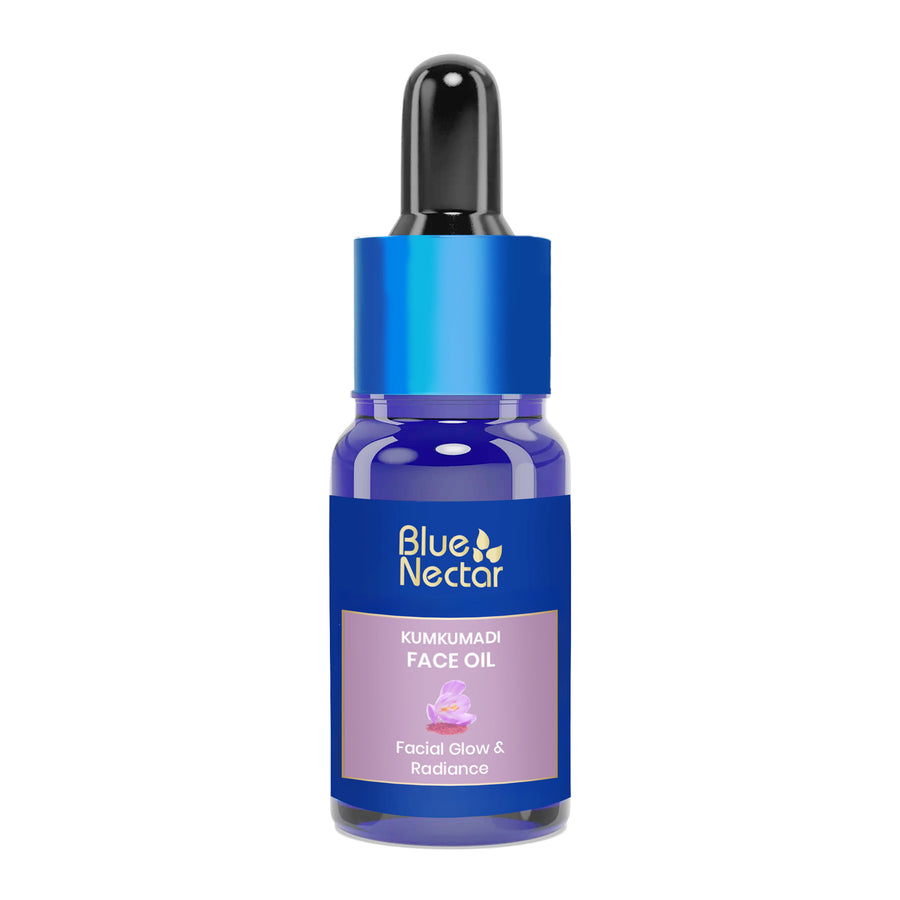
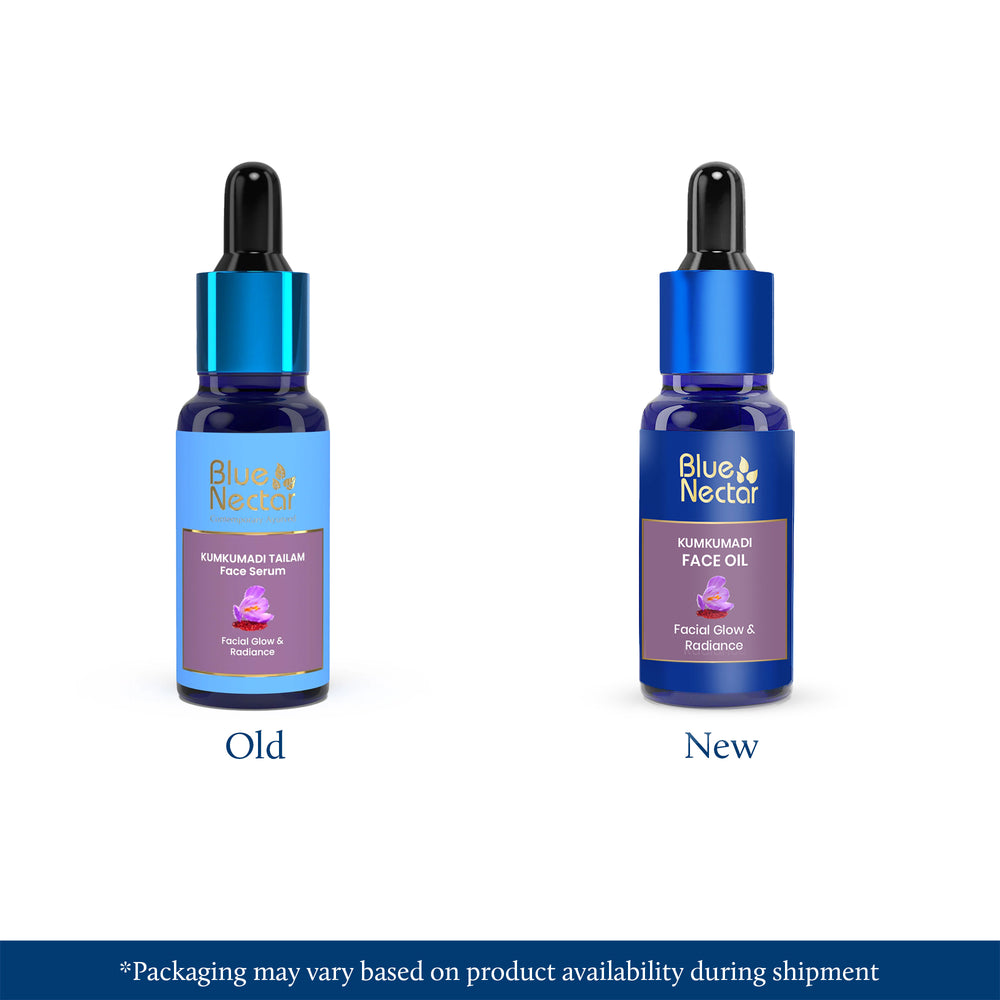
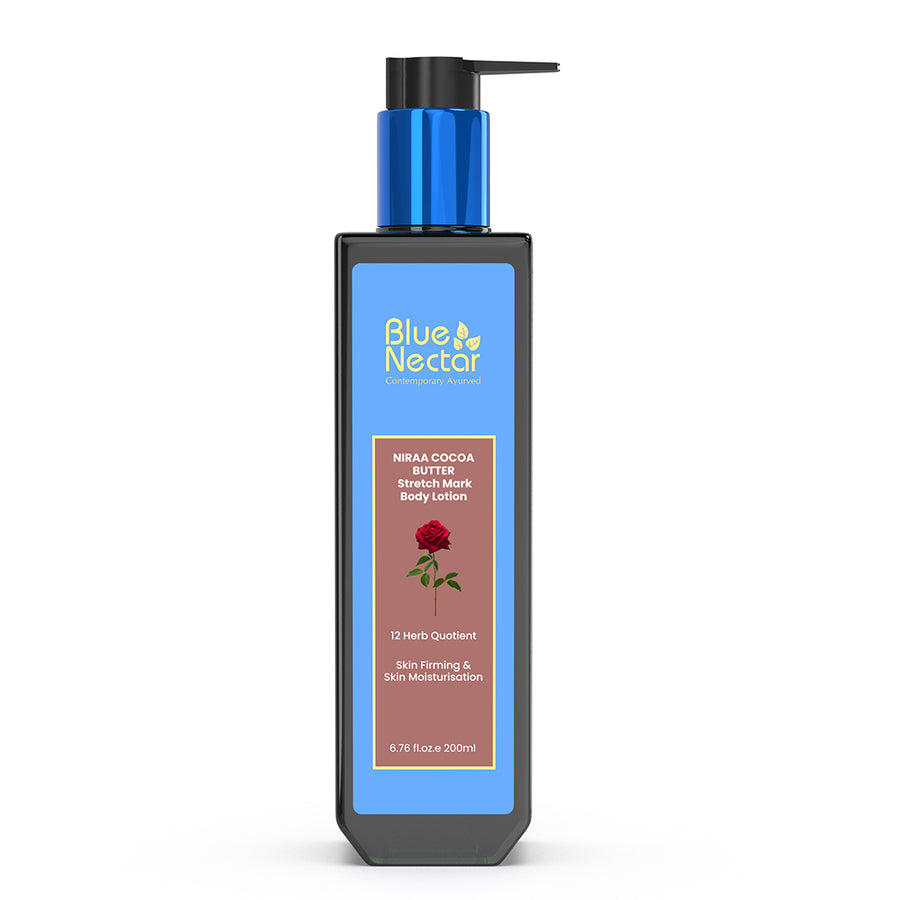
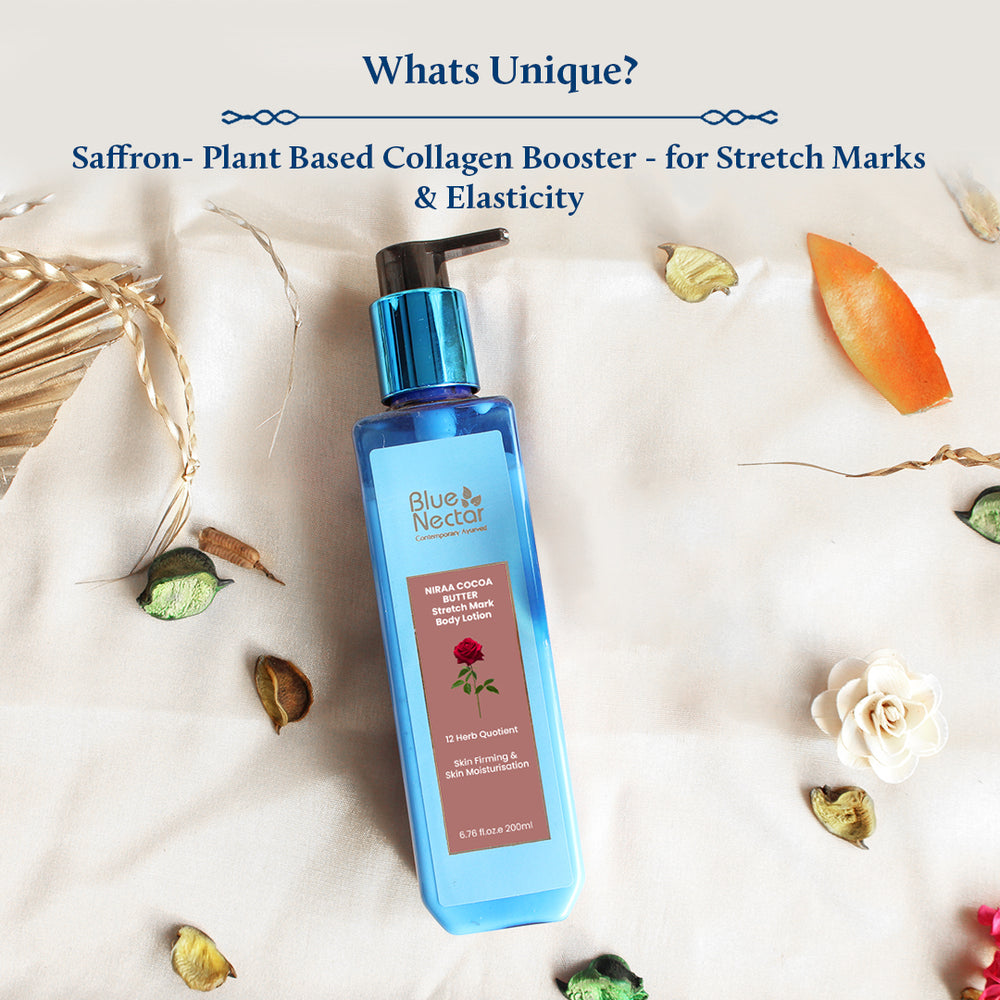
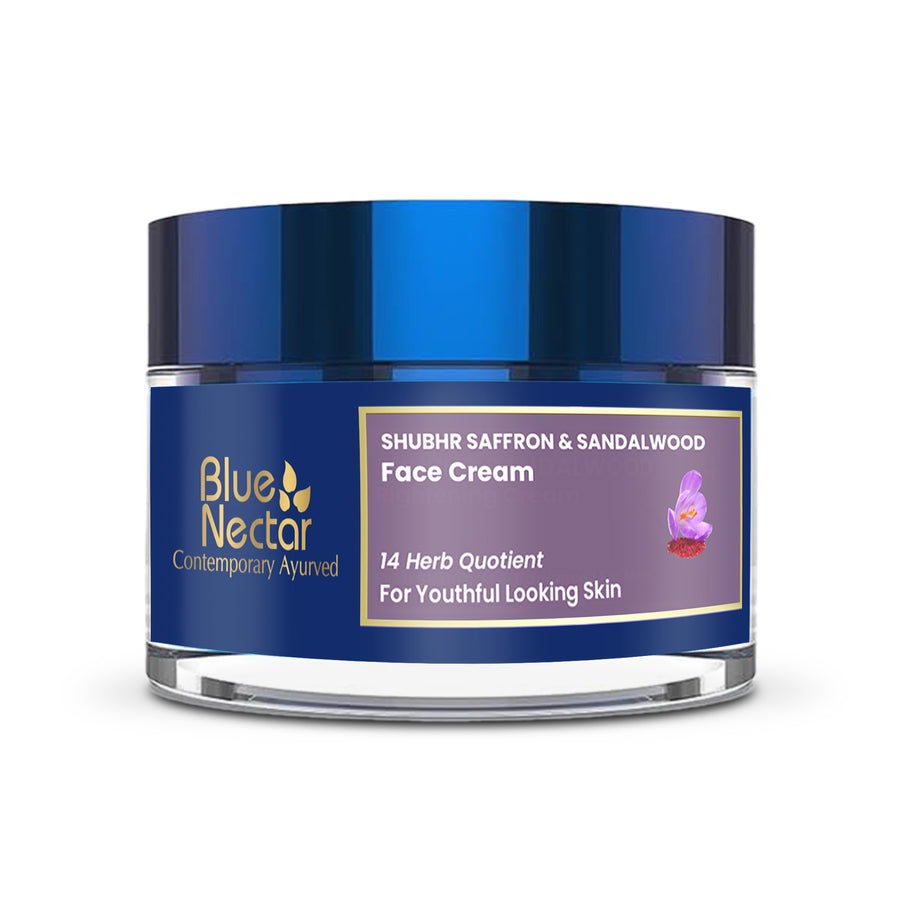
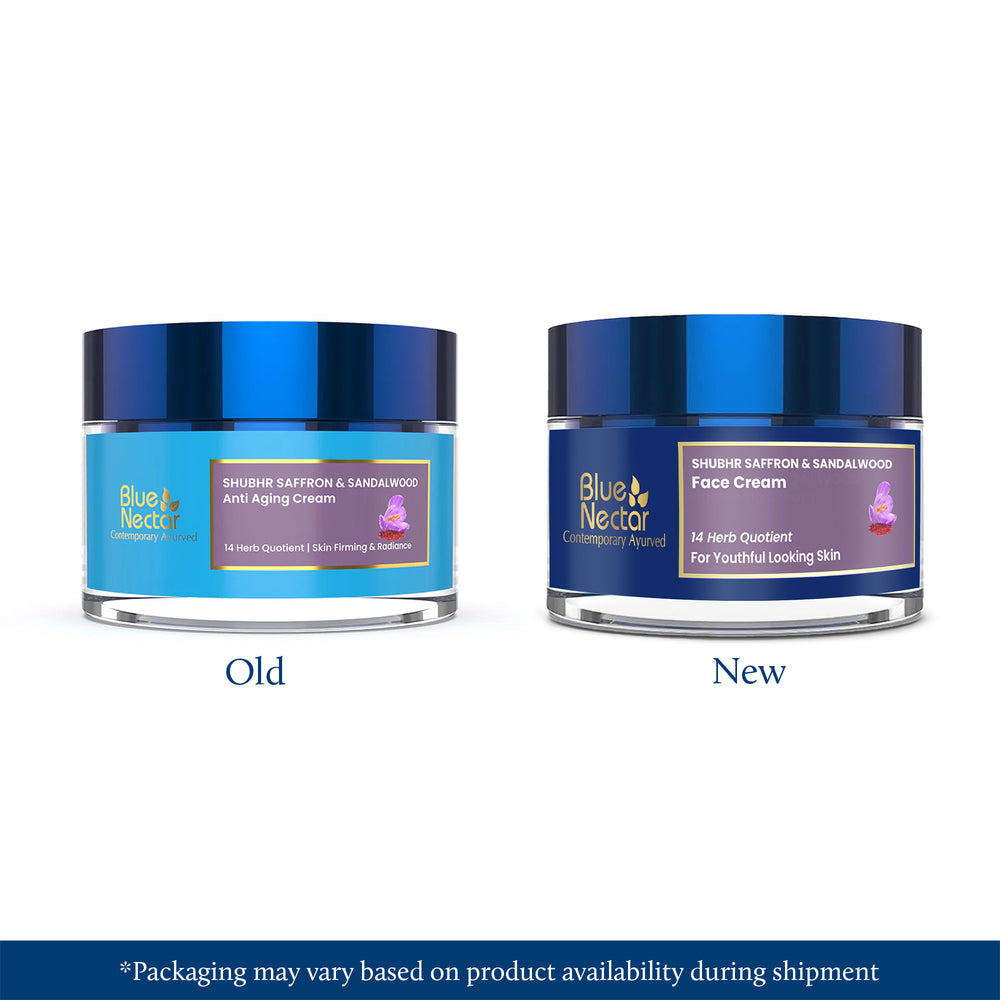
Leave a comment